MEDELLÍN IS LOCATED in Colombia’s Antioquia province, where the locals are known as Paisas. They’re proud people, but they’re also a very welcoming, helpful bunch, eager to show you their city and prove to you why it’s the most, well, everything — beautiful, innovative, green, friendly…pretty much any positive adjective you want to use — in the country.
Many of the typical expressions used in Medellín have several meanings depending on the situation. If you read and practice this list before your trip, not only will you better understand Paisas, but you’ll also get a huge smile from them!
1. Eh, Avemaría!
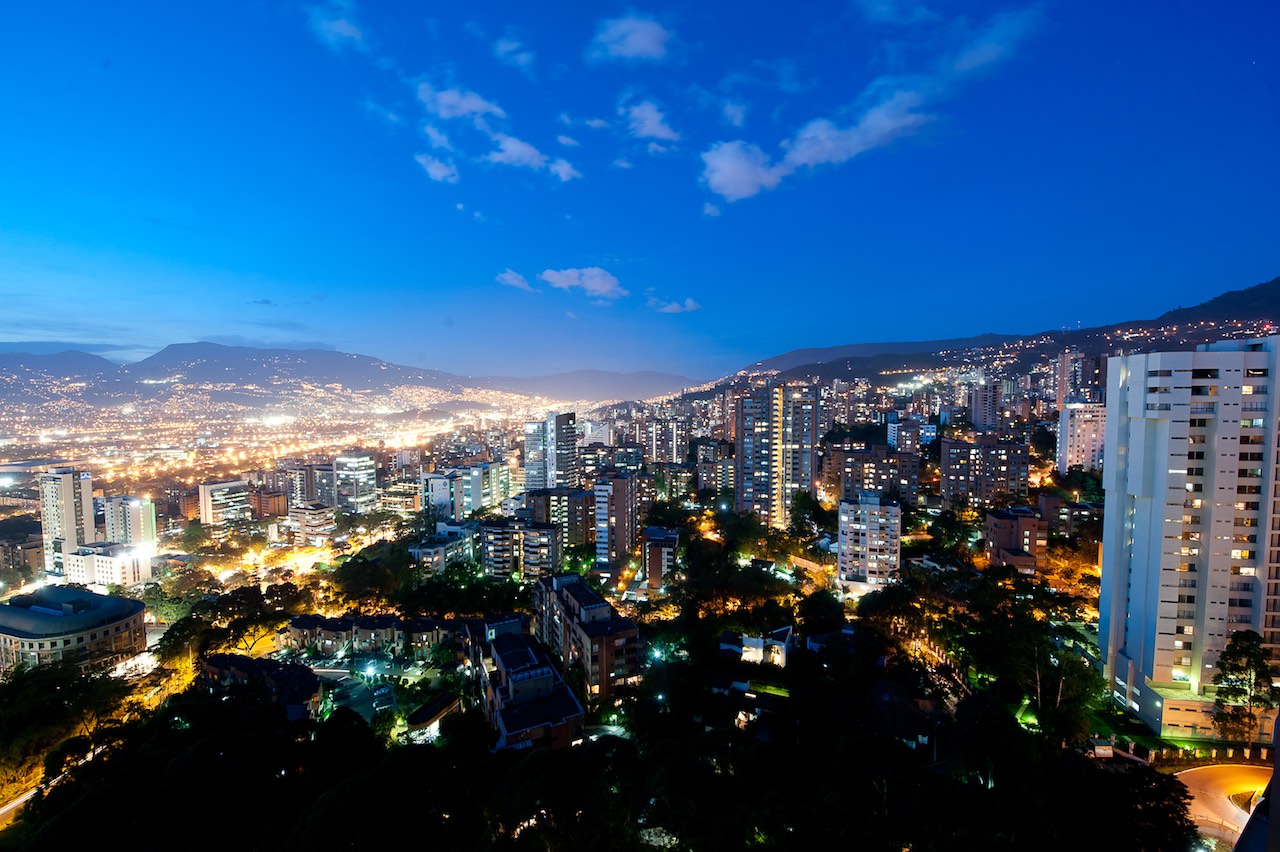
Photo courtesy of Medellin.travel
This expression literally means “Oh Holy Mary!” and can be used to start any sentence in order to emphasize what you’re about to say.
Examples:
- “Eh avemaría, how beautiful!”
- “Eh avemaría, it’s so hot today!”
The phrase can be used on its own, or combined with another essential term: “Eh avemaría, pues…”
2. Pues
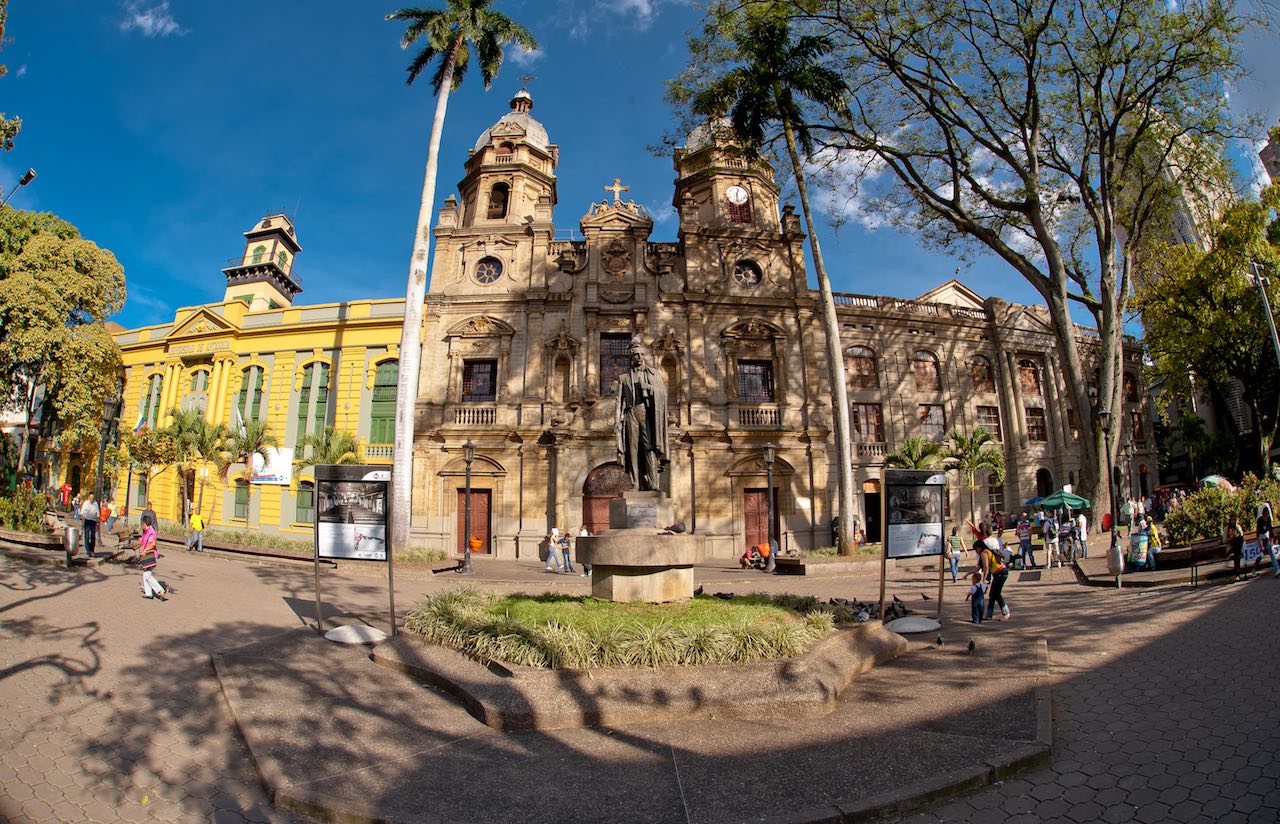
Photo courtesy of Medellin.travel
Nearly every sentence uttered by Paisas contains at least one pues. “Pues sí.” “Pues no.” “¿Entonces qué, pues?” You can use pues to mean almost anything, but it has to be placed in the right spot or it just won’t sound right.
Many people try to mimic Paisas by using pues a lot, but unless you grew up in Medellín, or are really good at imitating accents, it’ll be very difficult to get the pues right. But that doesn’t mean you shouldn’t try! Here’s a good one:
Example: “Eh avemaría pues qué bacanería.”
3. ¡Qué bacanería!
Bacanería or bacano / bacana means something’s cool. It can also be applied to a person.
Examples:
- Qué bacanería de ciudad: “This city’s really cool.”
- Qué man tan bacano: “This guy’s really cool.”
- Qué vieja tan bacana: “What a cool girl.”
- Qué bacano ese vestido: “What a cool dress.”
Tip: In Medellín, man is used for guys and vieja is used for women. For young people, you can also say pelado or pelada.
4. Parce
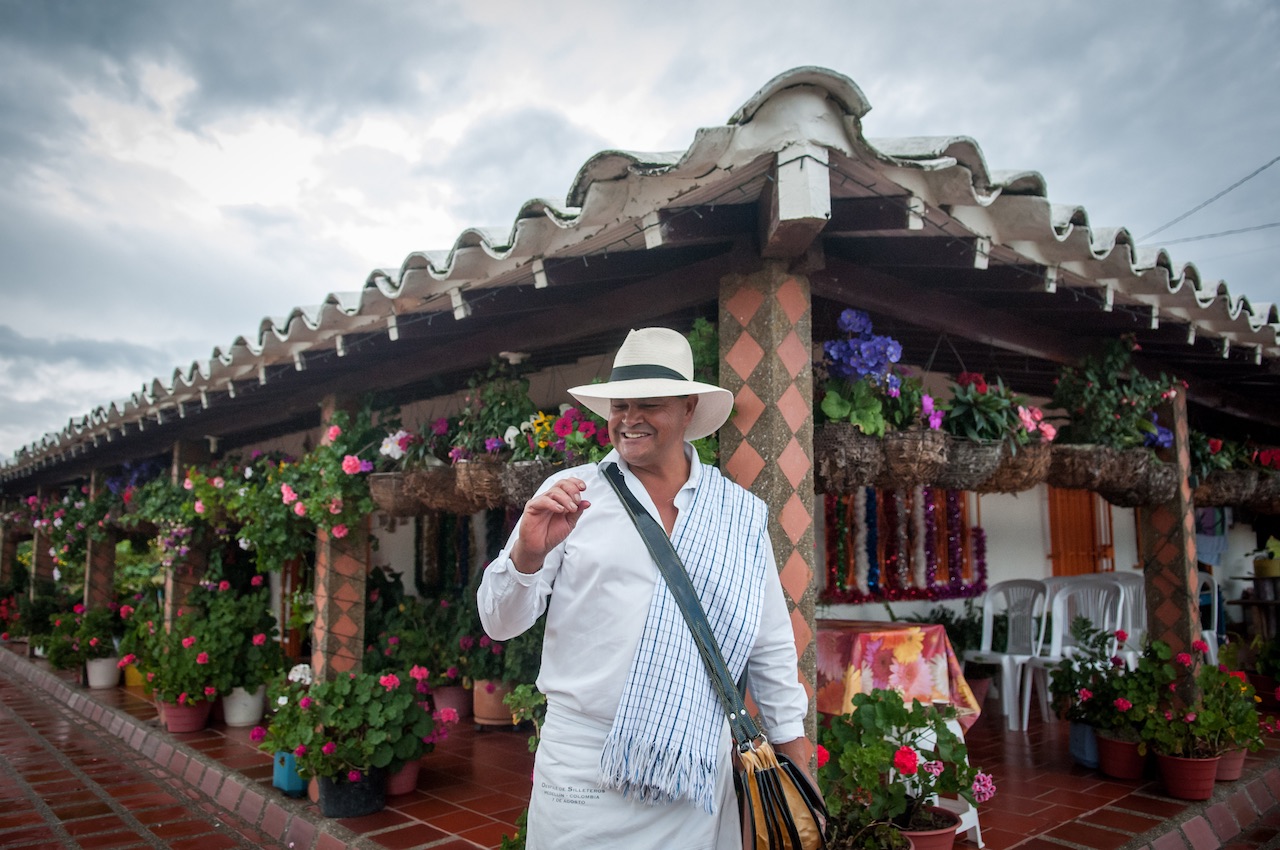
Photo courtesy of Medellin.travel
Parce is short for parcero or parcera, which means “buddy” or “partner.” Llave and llavería mean the same thing.
Examples:
A: “Hey parcero, do you want to go to that party?”
B: “Noooo parce, I won’t show up there.”
A: “Come on llave, I really want to go.”
B: “Okay llavería, but that place is so mañé.”
5. Mañé

Photo courtesy of Medellin.travel
Mañé means someone has bad taste or something is kitsch, tasteless, or really ugly.
It can refer to clothes — as in “Qué ropa tan mañé” — another object, a person, or even a place: “Qué parche tan mañé.”
6. ¡Me hice una chamba!

Photo courtesy of Medellin.travel
This expression means you hurt yourself and wound up with a big wound or scar.
Examples:
- “I fell y me hice una chamba this big!” (You should accompany the expression by showing the exaggerated size of your wound with your hands.)
- “The accident left a huge chamba on my leg.” Now I know not to ride my bicycle a la lata.
7. A la lata

Photo courtesy of Medellin.travel
A la lata means “very fast,” “in large quantities,” or “very often.” You could also use a la carrera to mean the same thing.
Examples:
- “We need it ASAP. You have to make it a la carrera!”
- “I want to lose weight a la lata, so I drink tea a la lata.”
- “We got there on time because we went a la lata and with the music a todo taco.”
8. A todo taco
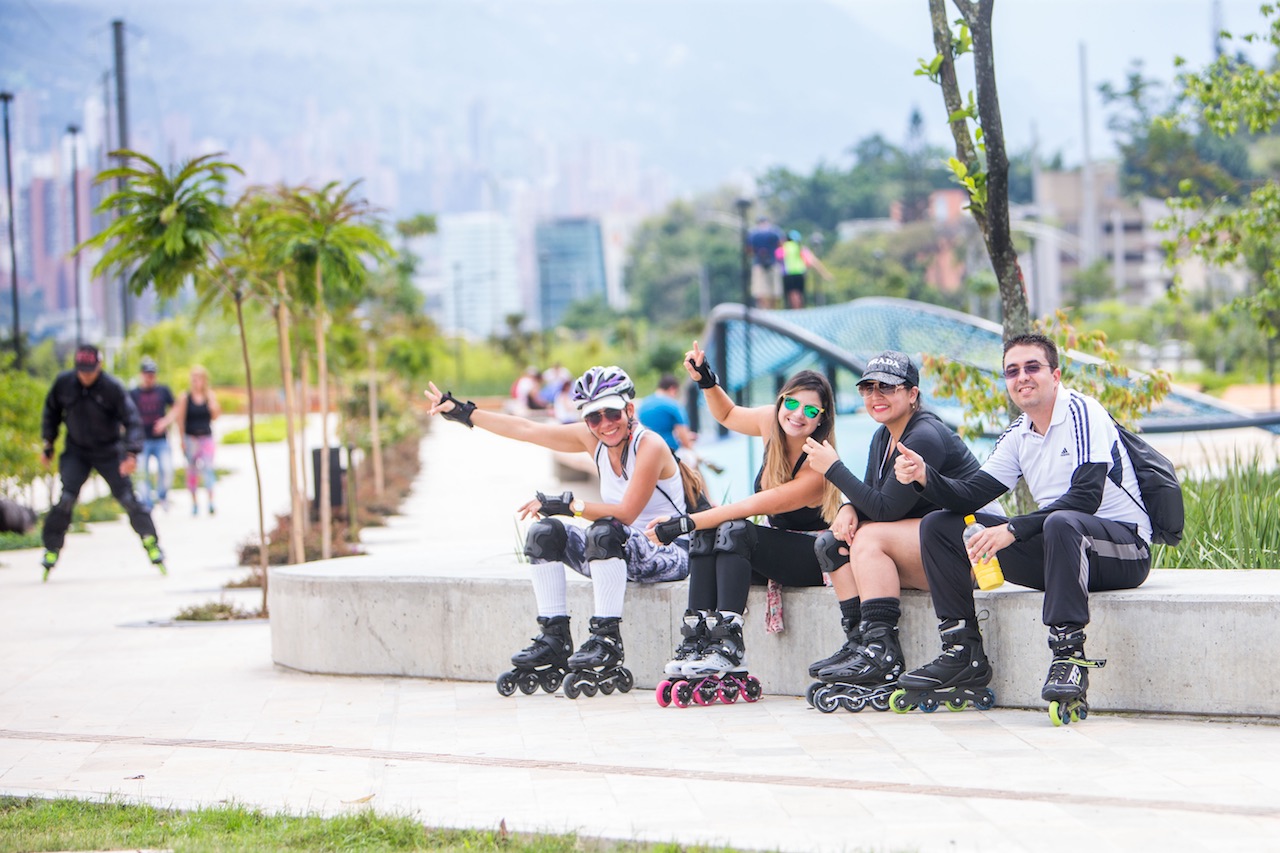
Photo courtesy of Medellin.travel
This expression can be alternated with a la lata to mean “really fast,” but it can also be used to mean “really loud.”
Examples:
- “I couldn’t hear anything with that radio a todo taco.”
- “I was getting scared since she drove a todo taco y a la guachapanga.”
9. A la guachapanga

Photo courtesy of Medellin.travel
This means “to do something carelessly.”
Examples:
- “It didn’t turn out the way I thought, because she did it a la guachapanga.”
- “Let’s do it a la guachapanga so we can be finished soon and move on to mamar gallo.”
10. Mamar gallo
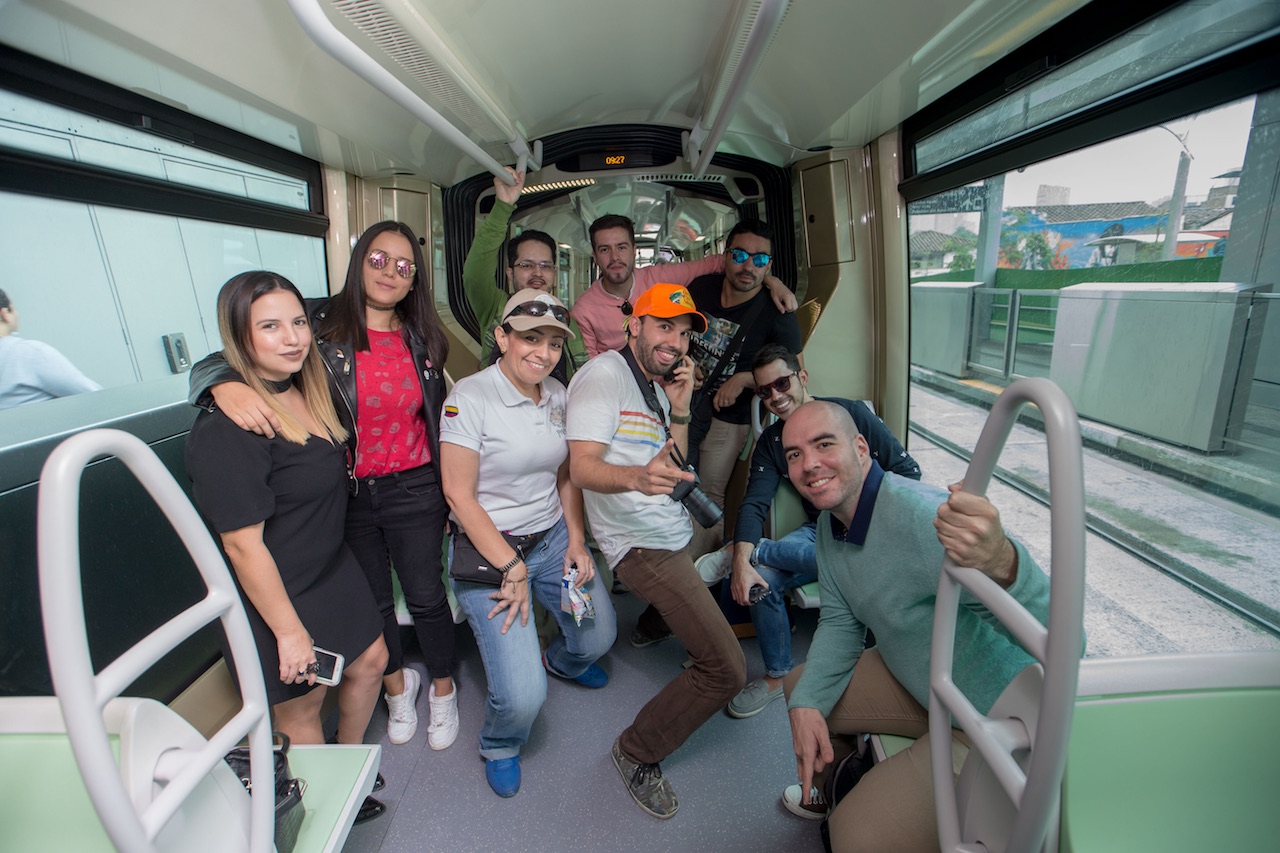
Photo courtesy of Medellin.travel
This means “to tease”, “to kid around,” or “to make friendly jokes.” It can also mean “to let the time pass with small talk” or “to avoid giving a concrete answer and then decide on something different.”
Examples:
- “Don’t get mad, it’s just a joke, I’m mamando gallo.”
- “We spent the whole night chatting and mamando gallo.”
- “I waited for their answer all week, but me mamaron gallo and then hired someone else. ¡Me supo a cacho!”
11. Saber a cacho

Photo courtesy of Medellin.travel
This means “to leave someone with a bad feeling” or “to regret something.”
Examples:
- “Me supo a cacho that I trusted the seller and didn’t get a receipt.”
- “I didn’t take the first room I was offered, and when I came back it was gone. Me supo a cacho.”
12. En la porra
This expression means “very far away.”
Examples:
- “I’ve had enough, I’ll go to la porra.”
- “Break up with him and send him to la porra.”
- “I wanted to go, but then I realized it’s en la porra, así que nanay cucas.”
13. Nanay cucas / Sisas

Photo courtesy of Medellin.travel
These phrases are used to mean a strong “no” and “yes,” respectively.
Examples:
- “Nanay cucas, I’m not going there!”
- “Sisas, let’s take that trip y allá nos pillamos!”
14. Nos pillamos
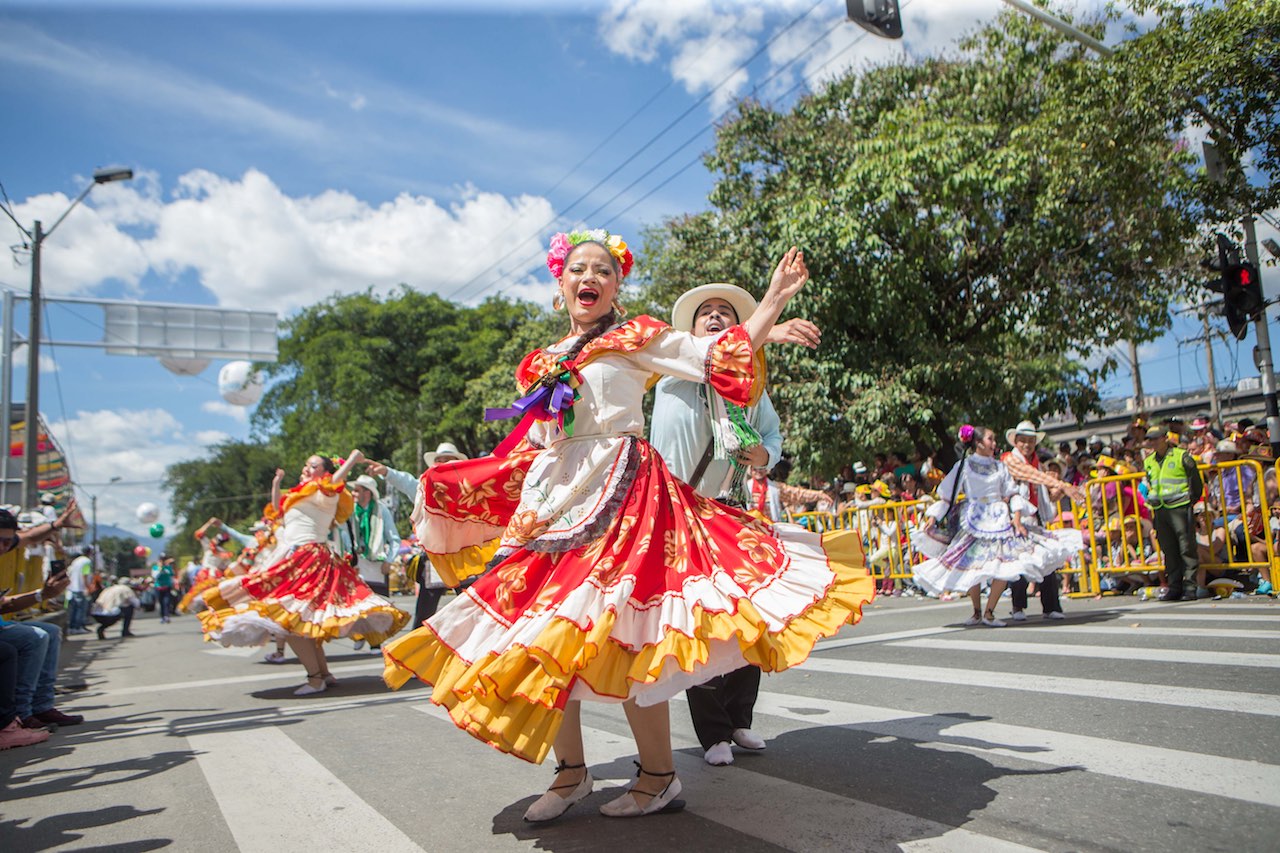
Photo courtesy of Medellin.travel
Nos pillamos can be used for a parting “see you later,” as well as a synonym for seeing or meeting someone.
Examples:
- “Okay, I’m leaving, nos pillamos.”
- “Nos pillamos at eight at the entrance.”
- “Nos pillamos in the club and I liked him, so le eché los perros.”
15. Echar los perros

Photo courtesy of Medellin.travel
This expression means “to flirt with” or “to try to seduce someone.”
Examples:
- “He really likes her — le está echando los perros.”
- “She le está echando los perros since he got here, but he’s not interested, so se va a abrir del parche.”
16. Abrirse del parche
This means “to leave a place or group.”
Examples:
- “Ábrase del parche. We don’t want you here.”
- “They didn’t treat me well, so me abrí del parche.”
17. ¿Qué hay pa’hacer? Pues empanadas que es lo que más se vende.

Photo courtesy of Medellin.travel
And last but not least, this colorful idiom carries the meaning of “I have no idea.”
Example:
A: “What can we do about the broken computer?”
B: “¿Qué hay pa’hacer? Pues empanadas que es lo que más se vende!”
Literally translated, the second sentence means “Let’s make empanadas, since they’re the ones we sell more of.” If that doesn’t seem to make much sense, it’s probably because you’ve never tried an empanada — a deep-fried little treat made by folding cornmeal dough over a stuffing of stir-fried potatoes and meat with green onion, tomatoes, garlic, and cumin.
And if that’s the case, then it’s about time you made that trip to Medellín!

